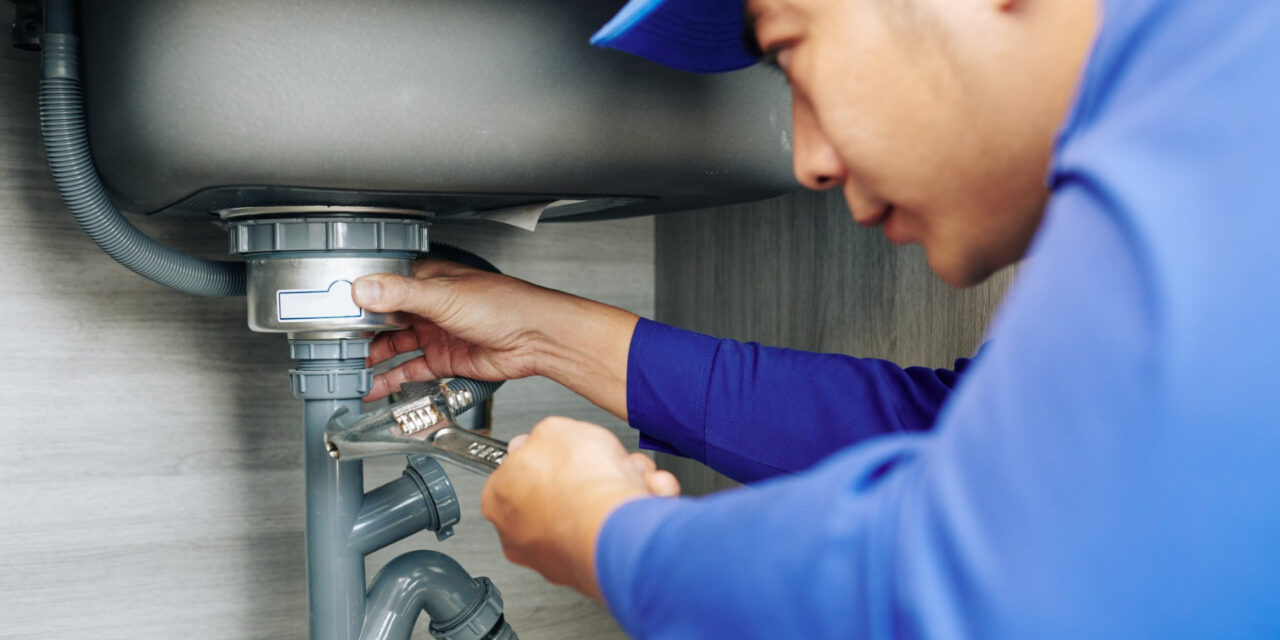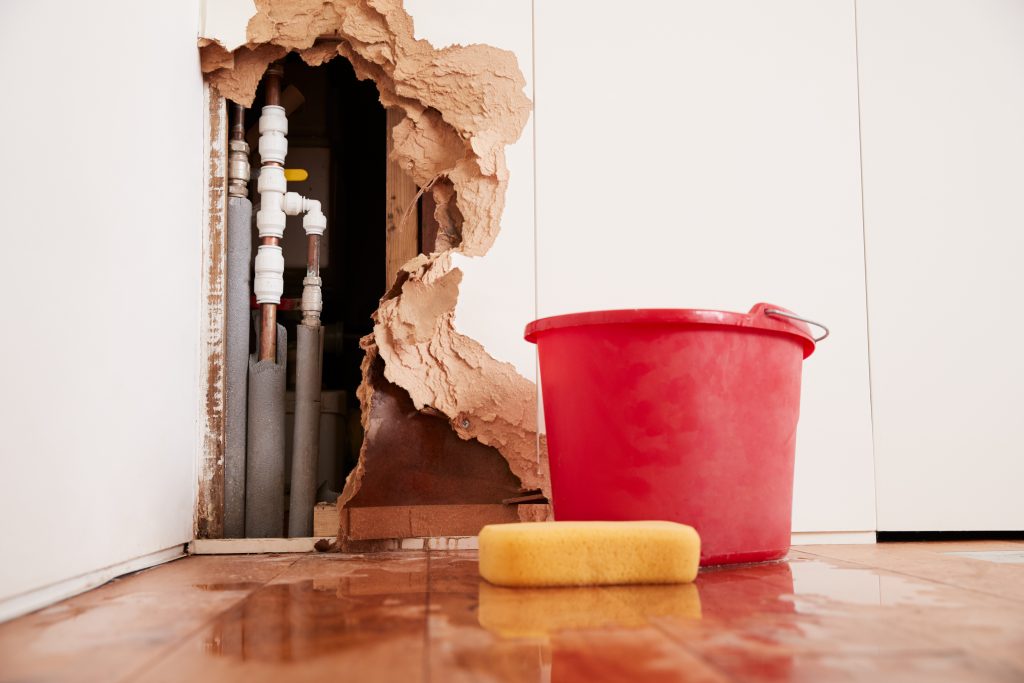Detect Invisible Water Line Leaks: Six Effective Hacks
Detect Invisible Water Line Leaks: Six Effective Hacks
Blog Article
Just about every person will have their personal way of thinking on the subject of Leaking water lines.

Early detection of leaking water lines can minimize a possible calamity. Some small water leakages might not be visible.
1. Analyze the Water Meter
Every residence has a water meter. Inspecting it is a proven way that assists you find leakages. For starters, switch off all the water sources. Ensure no person will certainly flush, utilize the faucet, shower, run the washing device or dishwashing machine. From there, most likely to the meter as well as watch if it will change. Since no person is utilizing it, there must be no movements. That indicates a fast-moving leakage if it moves. Likewise, if you detect no changes, wait an hour or two and also check back once more. This indicates you might have a sluggish leak that might also be underground.
2. Check Water Consumption
If you spot abrupt modifications, regardless of your consumption being the same, it implies that you have leakages in your plumbing system. An abrupt spike in your bill shows a fast-moving leak.
A consistent boost every month, even with the exact same routines, reveals you have a slow-moving leakage that's likewise gradually intensifying. Call a plumber to thoroughly examine your building, particularly if you really feel a warm area on your floor with piping below.
3. Do a Food Coloring Examination
When it comes to water intake, 30% comes from toilets. If the shade somehow infiltrates your dish throughout that time without flushing, there's a leak in between the tank and dish.
4. Asses Exterior Lines
Do not neglect to examine your outside water lines too. Test faucets by connecting a garden pipe. Needs to water permeate out of the link, you have a loosened rubber gasket. Replace this as well as ensure all links are tight. It will aid get it expertly analyzed and maintained annually if you have actually obtained a lawn sprinkler system. One little leak can throw away tons of water as well as surge your water expense.
5. Inspect and also Evaluate the Scenario
Homeowners need to make it a routine to check under the sink counters and also inside cupboards for any kind of bad odor or mold and mildew growth. These two red flags indicate a leak so timely attention is called for. Doing regular inspections, also bi-annually, can save you from a major problem.
Examine for stainings and damaging as the majority of appliances and also pipelines have a life expectancy. If you believe leaking water lines in your plumbing system, don't wait for it to intensify.
Early detection of leaking water lines can minimize a potential catastrophe. Some little water leaks may not be noticeable. Inspecting it is a surefire method that aids you discover leaks. One small leakage can waste bunches of water and spike your water expense.
If you presume dripping water lines in your plumbing system, do not wait for it to escalate.
WARNING SIGNS OF WATER LEAKAGE BEHIND THE WALL
PERSISTENT MUSTY ODORS
As water slowly drips from a leaky pipe inside the wall, flooring and sheetrock stay damp and develop an odor similar to wet cardboard. It generates a musty smell that can help you find hidden leaks.
MOLD IN UNUSUAL AREAS
Mold usually grows in wet areas like kitchens, baths and laundry rooms. If you spot the stuff on walls or baseboards in other rooms of the house, it’s a good indicator of undetected water leaks.
STAINS THAT GROW
When mold thrives around a leaky pipe, it sometimes takes hold on the inside surface of the affected wall. A growing stain on otherwise clean sheetrock is often your sign of a hidden plumbing problem.
PEELING OR BUBBLING WALLPAPER / PAINT
This clue is easy to miss in rooms that don’t get much use. When you see wallpaper separating along seams or paint bubbling or flaking off the wall, blame sheetrock that stays wet because of an undetected leak.
BUCKLED CEILINGS AND STAINED FLOORS
If ceilings or floors in bathrooms, kitchens or laundry areas develop structural problems, don’t rule out constant damp inside the walls. Wet sheetrock can affect adjacent framing, flooring and ceilings.
https://www.servicemasterbyzaba.com/blog/how-to-detect-water-leakage-in-walls/

As a reader about Finding hidden leaks, I figured sharing that excerpt was important. Enjoyed reading our blog entry? Please share it. Help somebody else discover it. I praise you for your time. Visit us again soon.
Address emergency plumbing promptly here. Report this page